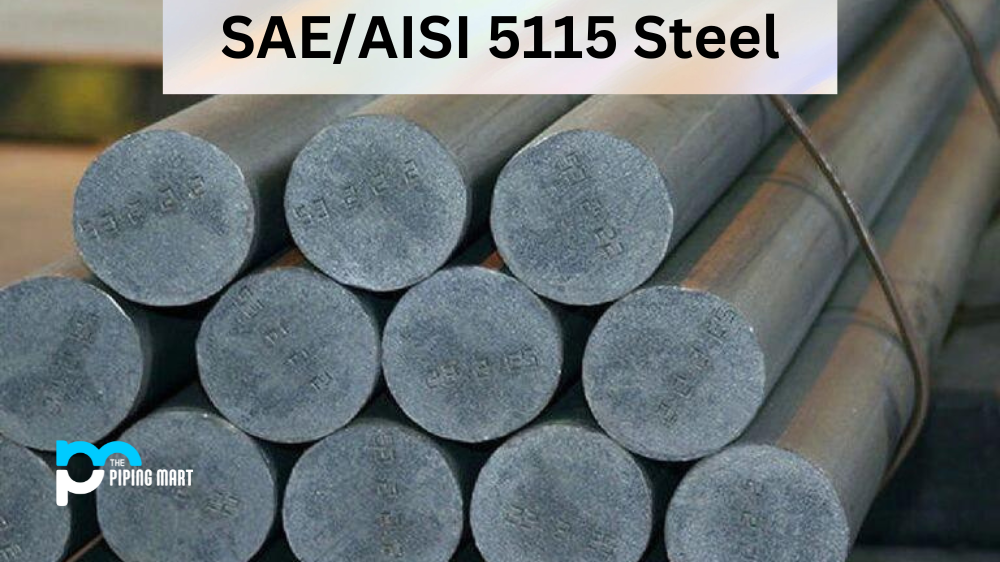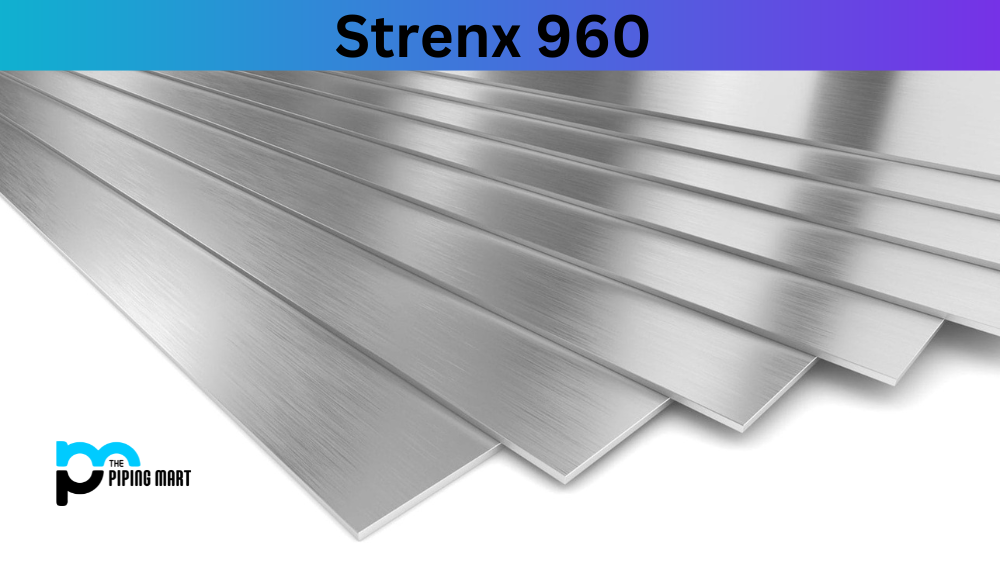AMS 4093 is high-strength steel widely used in the aerospace and defence industries. It has excellent mechanical properties, high hardness, and good wear resistance. While this material may not be well-known outside of these industries, it is an important material that plays a crucial role in manufacturing critical components for aircraft, military vehicles, and other applications. This blog post will closely examine AMS4093’s composition, physical and mechanical properties, hardness, and heat treatment.
What is AMS 4093?
AMS 4093 ( also known as Aluminium 6061 Alloy) is a code name that may sound mysterious, but it’s a specific type of aluminium alloy. This alloy is often used in the aviation industry due to its high-strength and corrosion-resistant properties, making it ideal for applications related to aircraft components. AMS4093 is typically used to produce critical parts such as wings, fuselages, and landing gear, where reliability and durability are crucial. Although it may seem like a technical topic, understanding the importance of AMS4093 can give us a deeper appreciation for the intricacies and precision involved in building safe and reliable aircraft.
What Form Is AMS 4093 Available at Piping Mart?
- Pipes
- Tubing
- Sheet Plates
- Pipe Fittings
- Forged Fittings
AMS 4093 Composition
AMS 4093 is a low alloy steel that contains a range of elements, including carbon, manganese, chromium, and molybdenum. The precise composition varies depending on the manufacturer but typically falls within the ranges specified by AMS 4093. These elements give AMS 4093 high strength, good wear resistance, and hardenability.
| Element | Content (%) |
|---|---|
| Aluminium / Aluminum, Al | 97.9 |
| Magnesium, Mg | 1 |
| Silicon, Si | 0.60 |
| Copper, Cu | 0.28 |
| Chromium, Cr | 0.20 |
AMS 4093 Physical Properties
AMS 4093 has a density of 2.87 g/cm3 and a melting point of 1416°C. It also has a low thermal expansion coefficient and good thermal conductivity. These physical properties make AMS 4093 a suitable material for high-temperature applications.
| Properties | Metric | Imperial |
|---|---|---|
| Density | 2.7 g/cm3 | 0.0975 lb/in3 |
| Melting point | 588°C | 1090°F |
AMS 4093 Mechanical Properties
AMS 4093 has excellent mechanical properties, making it a popular choice in aerospace and defence applications. It has a high tensile strength of up to 210 ksi and a yield strength of up to 170 ksi. It also has a high elongation at break, which allows it to absorb shocks and impacts without breaking. Additionally, AMS 4093 has good fatigue resistance and fracture toughness, which makes it an ideal material for high-stress applications.
| Properties | Metric | Imperial |
|---|---|---|
| Tensile strength | 310 MPa | 45000 psi |
| Yield strength | 276 MPa | 40000 psi |
| Shear strength | 207 MPa | 30000 psi |
| Fatigue strength | 96.5 MPa | 14000 psi |
| Elastic modulus | 68.9 GPa | 10000 ksi |
| Poisson’s ratio | 0.33 | 0.33 |
| Elongation | 12-17% | 12-17% |
| Hardness, Brinell | 95 | 95 |
AMS 4093 Equivalents
| AMS 4117 | ASTM B247 | ASTM B429 | DIN 3.3211 | MIL G-18014 | QQ A-200/8 |
| ASTM B209 | ASTM B307 | ASTM B483 | MIL A-12545 | MIL G-18015 | QQ A-225/8 |
| ASTM B210 | ASTM B313 | ASTM B547 | MIL A-22771 | MIL P-25995 | QQ A-250/11 |
| ASTM B211 | ASTM B316 | ASTM B548 | MIL F-17132A | MIL T-7081 | QQ A-367 |
| ASTM B221 | ASTM B345 | ASTM B632 | MIL F-18280 | MIL W-23351 | QQ A-430 |
| ASTM B234 | ASTM B361 | ASTM F467 | MIL F-39000 | MIL W-85 | QQ WW-T-700/6 |
| ASTM B241 | ASTM B404 | ASTM F468 | MIL F-3922 | QQ A-200/16 | SAE J454 |
AMS 4093 Uses
AMS 4093 has a wide range of applications in the aerospace and defence industries. It is commonly used in the manufacturing of landing gear components, as well as engine components such as turbine discs and blades. The high strength and wear resistance of AMS 4093 also make it a popular choice for military vehicles and armour plating.
AMS 4093 Hardness
AMS 4093 has a high hardness, with a maximum Rockwell C hardness of 55. This makes it suitable for applications requiring resistance to wear and abrasion.
AMS 4093 Heat Treatment
AMS 4093 can be heat treated to improve its mechanical properties. The material is typically heat treated using a combination of quenching and tempering processes. Quenching involves cooling the material rapidly from a high temperature to room temperature, while tempering involves heating the material to a lower temperature to increase its ductility and toughness.
Conclusion:
AMS 4093 material is an important material widely used in the aerospace and defence industries due to its excellent mechanical properties, high strength, and good wear resistance. This low alloy steel has many applications, from landing gear and engine components to military vehicles and armour plating. The high hardness and heat treatability of AMS 4093 make it a versatile material that can be adapted to suit a wide range of needs. Understanding the composition, physical and mechanical properties, uses, hardness and heat treatment of AMS 4093 is crucial to ensuring its effective use in critical components.

A passionate metal industry expert and blogger. With over 5 years of experience in the field, Palak brings a wealth of knowledge and insight to her writing. Whether discussing the latest trends in the metal industry or sharing tips, she is dedicated to helping others succeed in the metal industry.




